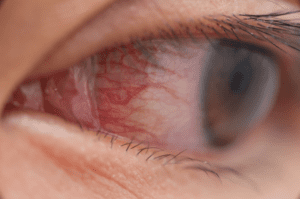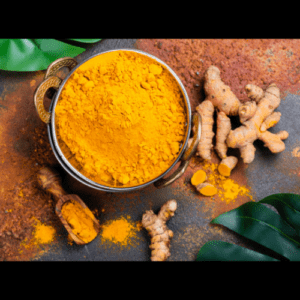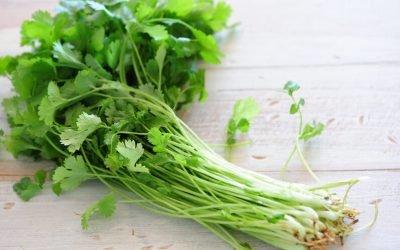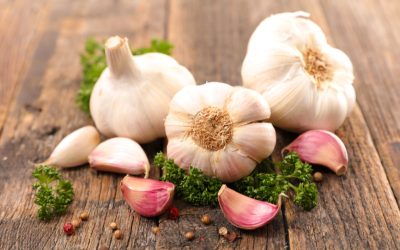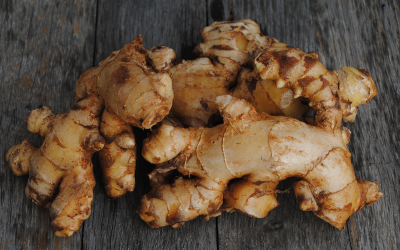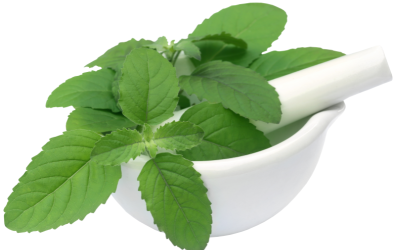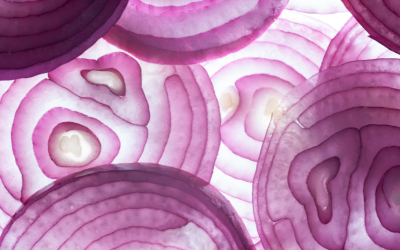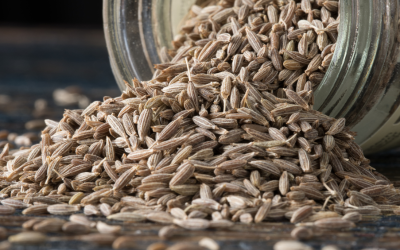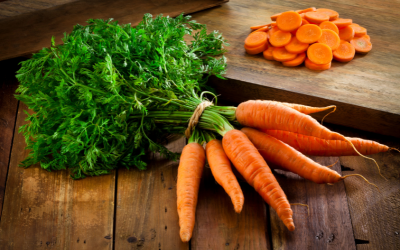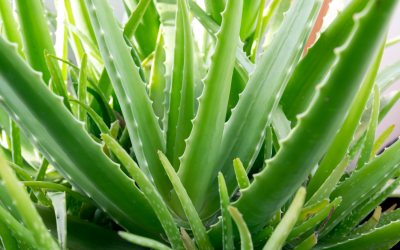Plants That Can Help in the Treatment of Gallbladder Stones
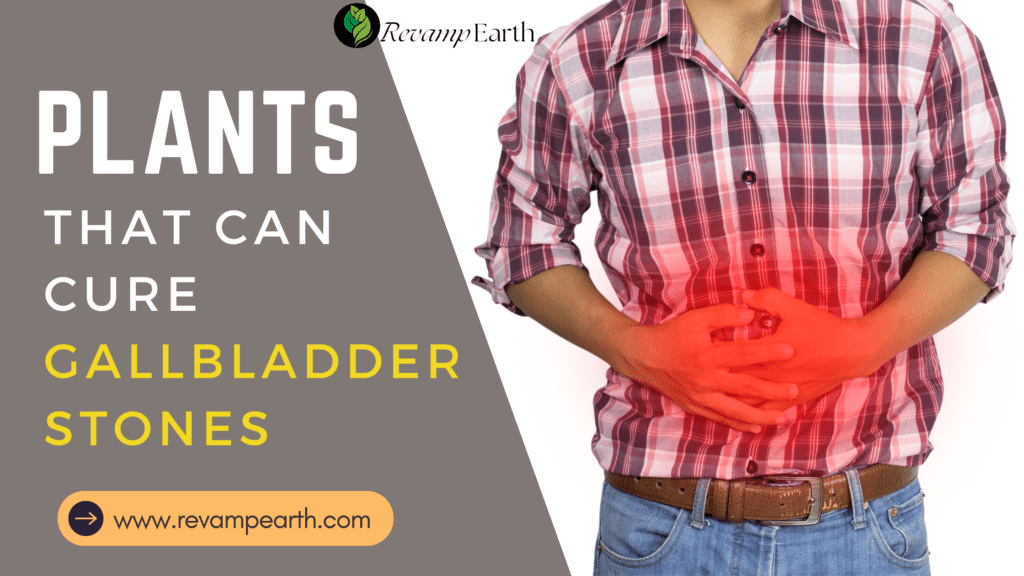
Gallbladder stones, also known as gallstones, are hardened deposits that form in the gallbladder, a small organ located under the liver. These stones can cause significant discomfort and lead to severe complications if left untreated. While modern medicine offers various treatments, including surgery, many people turn to natural remedies to manage and alleviate symptoms. In this blog, we will explore the role of plants in the treatment of gallbladder stones, highlighting their potential benefits and the science behind their use.
Understanding Gallbladder Stones
Before delving into the natural remedies, it is essential to understand what gallstones are and how they form. Gallstones are solid particles that develop from bile cholesterol and bilirubin in the gallbladder. There are two main types of gallstones:
- Cholesterol Stones: These are the most common type, formed when there is too much cholesterol in the bile.
- Pigment Stones: These stones form when there is excess bilirubin in the bile, often associated with liver disease.
Gallstones can be as small as a grain of sand or as large as a golf ball. Some people may have a single stone, while others have multiple stones. The exact cause of gallstones is not fully understood, but factors such as diet, obesity, age, and genetics play a role.
Symptoms of Gallbladder Stones
Gallstones can be asymptomatic, but when they cause problems, symptoms may include:
- Sudden and intense pain in the upper right abdomen
- Pain between the shoulder blades
- Nausea or vomiting
- Jaundice (yellowing of the skin and eyes)
- Fever with chills
If you experience these symptoms, it is essential to seek medical advice, as untreated gallstones can lead to serious complications.
The Role of Plants in Treating Gallbladder Stones
Herbal medicine has been used for centuries to treat various ailments, including gallbladder stones. Certain plants have properties that can help dissolve gallstones, reduce inflammation, and improve overall gallbladder function. Here, we will explore some of the most effective plants for gallstone treatment.
1. Dandelion (Taraxacum officinale)
Overview: Dandelion is a well-known herbal remedy for liver and gallbladder problems. The root of the dandelion plant is particularly beneficial for stimulating bile production, which can help in the prevention and treatment of gallstones.
How it works: Dandelion root contains bitter compounds that promote bile production and flow. This increased bile flow helps to keep cholesterol levels in check, preventing the formation of gallstones. Additionally, dandelion’s diuretic properties help in flushing out toxins from the body.
Usage: Dandelion root tea is the most common way to consume this herb. To prepare, steep one to two teaspoons of dried dandelion root in a cup of hot water for 10-15 minutes. Drink this tea two to three times daily for best results. Dandelion supplements are also available in capsule or tincture form.
Precautions: Dandelion is generally safe for most people, but those with a known allergy to ragweed or related plants should avoid it. Consult a healthcare provider before using dandelion if you are on medications, as it can interact with certain drugs.
2. Milk Thistle (Silybum marianum)
Overview: Milk thistle is another popular herb for liver and gallbladder health. Its active ingredient, silymarin, is known for its antioxidant and anti-inflammatory properties, making it a valuable remedy for gallstones.
How it works: Silymarin helps to protect and regenerate liver cells, which in turn improves bile production and flow. This can help prevent the formation of gallstones and may also assist in breaking down existing stones. Milk thistle also has a detoxifying effect on the liver, helping to remove harmful substances that could contribute to gallstone formation.
Usage: Milk thistle is available in various forms, including capsules, tablets, and tinctures. The recommended dosage is typically 200-400 mg of silymarin per day. Milk thistle tea can also be consumed, made by steeping one teaspoon of crushed seeds in hot water for 10-15 minutes.
Precautions: Milk thistle is generally considered safe, but it may cause mild gastrointestinal issues in some people. As with any herb, it’s important to consult with a healthcare provider, especially if you are pregnant, nursing, or taking medications.
3. Peppermint (Mentha piperita)
Overview: Peppermint is widely recognized for its soothing properties, particularly for digestive issues. It can also play a role in managing gallstones by promoting the flow of bile and relaxing the muscles of the gallbladder and bile ducts.
How it works: Peppermint contains menthol, a compound that helps to relax the smooth muscles of the gallbladder and bile ducts, easing the passage of gallstones and reducing pain. Additionally, peppermint can stimulate bile production, which may prevent the formation of new stones.
Usage: Peppermint tea is the most common way to use this herb. To make peppermint tea, steep one teaspoon of dried peppermint leaves in a cup of boiling water for 5-10 minutes. Drink this tea two to three times daily. Peppermint oil capsules are also available and can be taken as directed.
Precautions: Peppermint is generally safe, but excessive consumption can lead to heartburn or other digestive issues. People with acid reflux or gastroesophageal reflux disease (GERD) should use peppermint with caution. Pregnant or breastfeeding women should consult a healthcare provider before using peppermint supplements.
4. Artichoke (Cynara scolymus)
Overview: Artichoke is a lesser-known but highly effective herb for supporting gallbladder health. It is particularly beneficial for improving bile production and flow, which can help prevent gallstones.
How it works: Artichoke contains compounds known as cynarins, which stimulate bile production and promote its flow from the liver to the gallbladder and intestines. This increased bile flow helps to prevent the crystallization of cholesterol, thereby reducing the risk of gallstone formation. Artichoke also has antioxidant properties that protect the liver and gallbladder from oxidative stress.
Usage: Artichoke can be consumed in various forms, including as a vegetable in your diet, in capsule form, or as a tea. To make artichoke tea, steep one teaspoon of dried artichoke leaves in a cup of hot water for 10-15 minutes. Drink this tea once or twice daily.
Precautions: Artichoke is generally safe, but it may cause allergic reactions in individuals who are sensitive to plants in the Asteraceae family. People with bile duct obstruction should avoid using artichoke without medical supervision.
5. Turmeric (Curcuma longa)
Overview: Turmeric is a powerful anti-inflammatory and antioxidant herb, widely used in traditional medicine for various health conditions, including gallbladder problems. Its active compound, curcumin, is responsible for many of its therapeutic effects.
How it works: Curcumin stimulates bile production and helps in the contraction of the gallbladder, which can aid in the expulsion of gallstones. Turmeric also has anti-inflammatory properties that can reduce inflammation in the gallbladder and bile ducts, easing discomfort associated with gallstones.
Usage: Turmeric can be consumed in various forms, including as a spice in food, as a tea, or in supplement form. To make turmeric tea, boil one teaspoon of turmeric powder in a cup of water for 10 minutes. Strain and drink the tea once daily. Turmeric supplements are also available, with a typical dosage of 500-2000 mg of curcumin per day.
Precautions: Turmeric is generally safe when used in moderation. However, high doses can cause gastrointestinal issues, and turmeric supplements should be avoided by individuals with gallbladder obstruction. Pregnant and breastfeeding women should consult a healthcare provider before using turmeric supplements.
6. Chanca Piedra (Phyllanthus niruri)
Overview: Chanca piedra, also known as the “stone breaker,” is a tropical plant traditionally used to treat kidney stones and gallstones. It is particularly popular in Ayurvedic and traditional Amazonian medicine.
How it works: Chanca piedra is believed to help dissolve gallstones and reduce the pain associated with them. It works by promoting the elimination of stones through the urinary and biliary tracts. The plant also has diuretic and antispasmodic properties, which can help in flushing out stones and easing gallbladder spasms.
Usage: Chanca piedra is available in various forms, including capsules, tinctures, and teas. To make Chanca piedra tea, steep one teaspoon of dried leaves in a cup of hot water for 10-15 minutes. Drink this tea two to three times daily for several weeks.
Precautions: Chanca piedra is generally safe for short-term use, but long-term use can lead to electrolyte imbalances due to its diuretic effect. Pregnant and breastfeeding women, as well as individuals with low blood pressure, should avoid this herb.
7. Apple Cider Vinegar
Overview: While not a plant per se, apple cider vinegar (ACV) is a popular natural remedy that is often used in conjunction with herbal treatments for gallstones. ACV is believed to help in dissolving gallstones and relieving pain.
How it works: ACV contains acetic acid, which may help soften and break down gallstones
References:
Gallstones (Cholelithiasis). 2024. Mark W. Jones; Connor B. Weir; Sassan Ghassemzadeh. NIH, National Library of Medicine. View
- H.K.Bakhru (1992) Herbs That Heal: Natural Remedies for Good Health. Orient Paperbacks. Delhi, India.
- T.V.Sairam (1999) Home Remedies Vol-II: A Handbook of Herbal Cures for Common Ailments. Penguin Books India.
Send Us A Message
FAQs
- While some plants have properties that may help in the management of gallbladder stones, such as promoting bile flow or reducing inflammation, there's limited scientific evidence to prove that they can fully dissolve gallstones. However, they may help prevent the formation of new stones and alleviate symptoms.
- Most plants can be used in various forms, including fresh, dried, or as supplements. For example, you can drink dandelion or peppermint tea made from dried leaves, or take milk thistle or turmeric in capsule form. The form you choose depends on your preference and convenience, but always follow recommended dosages.
- While most of these plants are generally safe, they can cause side effects in some people. For example, peppermint may cause heartburn, turmeric in high doses can cause digestive issues, and milk thistle might cause mild gastrointestinal discomfort. Always start with small doses to see how your body reacts, and consult a healthcare provider if you have any concerns.
- Dosages vary depending on the herb and form of consumption (tea, capsule, tincture). Always follow the recommended dosages on the product label or as advised by a healthcare provider. Starting with lower doses and gradually increasing is a safe approach.






